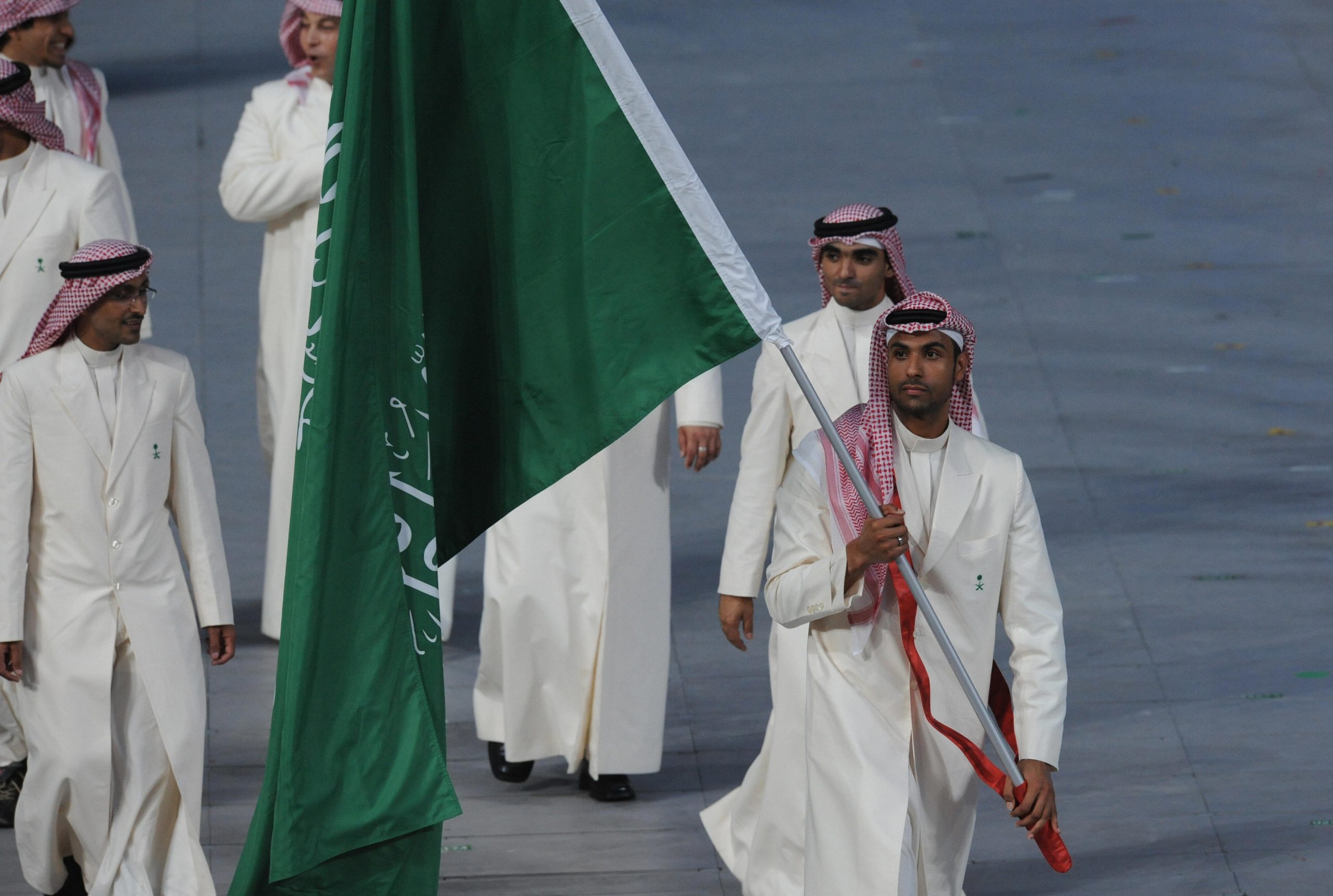Staff Writer
Lorem Ipsum is simply dummy text of the printing and typesetting industry. Lorem Ipsum has been the industry's standard dummy text ever since the 1500s, when an unknown printer took a galley of type and... More by Staff Writer
A look at the biggest proven reserves by country.



2 Saudi Arabia 267.91 billion barrels
The proven oil reserves in Saudi Arabia are the second largest claimed in the world, estimated to be 267 billion barrels, including 2.5 billion barrels in the Saudi–Kuwaiti neutral zone. These reserves were the largest in the world until Venezuela announced they had increased their proven reserves to 297 billion barrels in January 2011. The Saudi reserves are about one-fifth of the world’s total conventional oil reserves, a large fraction of these reserves comes from a small number of very large oil fields, and past production amounts to 40% of the stated reserves.

3 Canada 175.2 billion barrels
This figure includes the oil sands reserves that are estimated by government regulators to be economically producible at current prices using current technology. According to this figure, Canada’s reserves are third only to Venezuela and Saudi Arabia. Over 95% of these reserves are in the oil sands deposits in the province of Alberta. Alberta contains nearly all of Canada’s oil sands and much of its conventional oil reserves.

4 Iran 157.3 billion barrels
Iran owns roughly 10% of the world’s total proven petroleum reserves. At 2006 rates of production, Iran’s oil reserves would last 98 years if no new oil was found.
From the outset of oil industry in Iran in 1908 to the end of 2007, Iran produced some 61 billion barrels of oil.

5 Iraq 140.33 billion barrels
After more than a decade of sanctions and two Gulf Wars, Iraq’s oil infrastructure needs modernisation and investment. Despite a large reconstruction effort, the Iraqi oil industry has not been able to meet hydrocarbon production and export targets. The World Bank estimates that an additional $1 billion per year would need to be invested just to maintain current production. Long-term Iraq reconstruction costs could reach $100 billion or higher, of which more than a third will go to the oil, gas and electricity sectors.

6 Kuwait 104.0 billion barrels
Oil reserves in Kuwait make up 8% of the oil reserves in the world. Kuwait is OPEC’s third largest oil producer and claims to hold approximately 104 billion barrels. This includes half of the 5 billion barrels in the Saudi-Kuwaiti neutral zone which Kuwait shares with Saudi Arabia. Most of Kuwait’s oil reserves are located in the 70 billion barrels Burgan field, the second largest conventional oil field in the world, which has been producing oil since 1938. Since most of Kuwait’s major oil fields are over 60 years old, maintaining production rates is becoming a problem.

7 UAE 97.8 billion barrels
Oil reserves in the United Arab Emirates, according to its government, are about 98 billion barrels, almost as big as Kuwait’s claimed reserves. Of the emirates, Abu Dhabi has most of the oil with 92 billion barrels while Dubai has 4 billion barrels and Sharjah has 1.5 billion barrels. Most of the oil is in the Zakum field which is the third largest in the Middle East with an estimated 66 billion barrels. The UAE produces about 2.9 million barrels per day of total oil liquids, but has stated its intention to increase this to 5 million barrels per day by 2014. The UAE’s reserves-to-production is about 93 years.

8 Russia 80.0 billion barrels
There have been widely varying estimates of proven oil reserves in Russia. Most estimates included only Western Siberian reserves, which have been exploited since the 1970s and supply two-thirds of Russian oil. However, there are potentially huge reserves elsewhere. In 2005, the Russian Ministry of Natural Resources estimated that another 4.7 billion barrels of oil exist in Eastern Siberia. In July 2013, the Russian Natural Resources Ministry made official estimates of reserves available for the first time. According to Russian Natural Resources Minister Sergey Donskoy, as of 1 January 2012, recoverable reserves of oil in Russia under category ABC1 (equivalent to proven reserves) were 17.8 billion tons and category C2 reserves (equivalent to probable and possible) were 10.9 billion tons.

9 Libya 48.014 billion barrels
The majority (85%) of Libyan oil is exported to European markets.[3] 11% or 403 million barrels (64.1×106 m3) of oil imports to the European Union in 2010 came from Libya, making it the third biggest importer behind Norway and Russia.
Recent protests at the country’s eastern oil ports have crippled the countries production levels in 2013 – 2014.

10 Nigeria 37.2 billion barrels
At current rates this would be 45 years of supply if no new oil was found. Pipeline vandalism, kidnappings, and militant takeover of oil facilities have reduced production, which could be increased to 3 million barrels per day (480×103 m3/d) in the absence of such problems. The Nigerian government hopes to increase oil production capacity to 4 Mbbl/d (640×103 m3/d) by 2010. Nigeria is the world’s eighth largest exporter of crude oil and sends 43% of its exports to the United States. Nigeria is heavily dependent on the oil sector, which accounts for 95% of its export revenues.
Lorem Ipsum is simply dummy text of the printing and typesetting industry. Lorem Ipsum has been the industry's standard dummy text ever since the 1500s, when an unknown printer took a galley of type and... More by Staff Writer